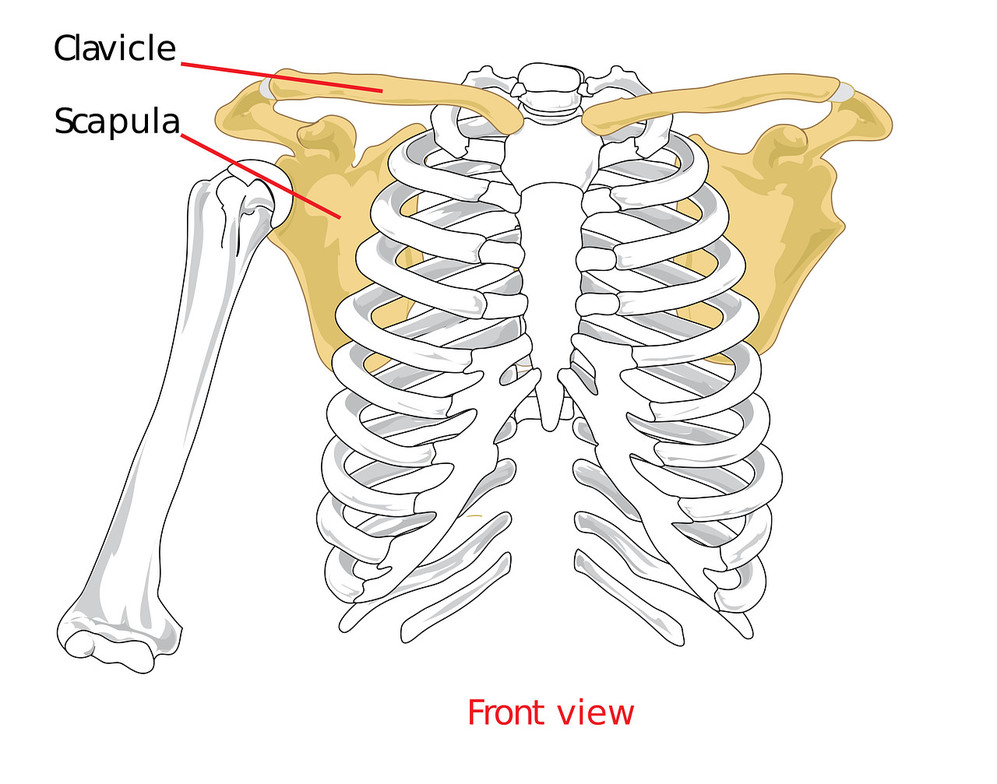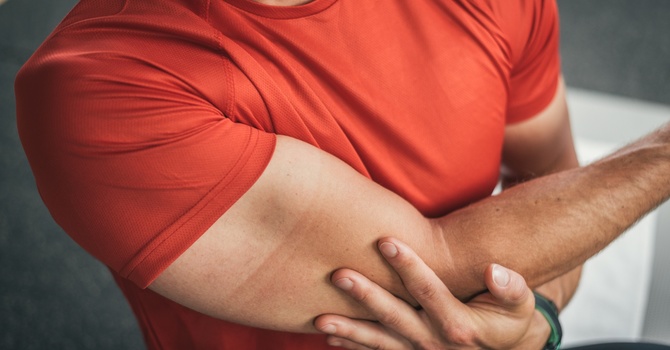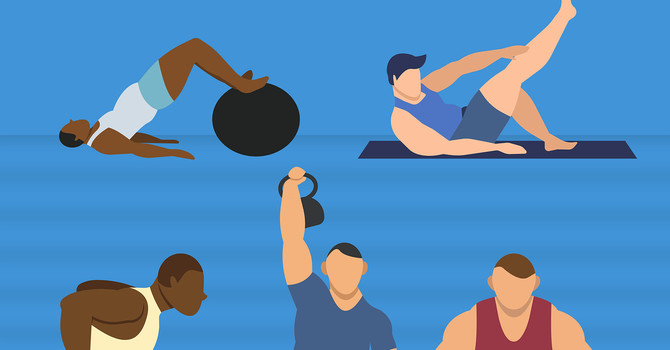
An Often Overlooked Cause and Simple Test
Shoulder impingement accounts for 44%-65% of all shoulder complaints¹, affecting mostly overhead sporting activities and occupations. Unfortunately, it is estimated that 54% of patients² with shoulder impingement still suffer from the injury for more than 3 years.
While a downward sloping acromium, poor glenohumeral stability, and multidirectional instability are most often to blame, there is a common, overlooked movement pattern that can predispose a patient to shoulder impingement.
The scapula plays a vital role in healthy shoulder function as the “socket” is part of the shoulder joint. The glenoid fossa of the scapula faces the “ball” of the shoulder (humerus) and the acromium of the scapula sitting just above the ball of the humerus. Impingement can occur either between the ball and the acromium (superior impingement) or between the ball and the back of the socket (posterior/external rotation impingement).
The Overlooked Piece of the Puzzle
Inability of the scapula to posteriorly tilt ³ during overhead movements is one of several causes of shoulder impingement. The scapula is “stuck” forward and down, reducing the space between the ball (head of the humerus) and the acromium (superiorly) and glenoid fossa (posteriorly) which can lead to compression of the tendons and bursa that normally occupy that space. Should you suffer from superior or posterior impingement, try this movement assessment in the video below to learn if lack of scapular posterior tilt is potentially causing pain.
Test is positive if:
- you can’t lift the arm off the ground
- movement causes pain
- you bend your elbow (as shown in the video of her right arm)
- Consigliere P, Haddo O, Levy O, Sforza G. Subacromial impingement syndrome: management challenges. Orthop Res Rev. 2018;10:83-91
- Lewis JS. Rotator cuff tendinopathy/subacromial impingement syndrome: is it time for a new method of assessment? Br J Sports Med. 2009 Apr;43(4):259-64
- Ludewig PM, Reynolds JR. The association of scapular kinematics and glenohumeral joint pathologies. Journal of Orthopaedic and Sports Physical Therapy. 2009;39(2):90–104. doi: 10.2519/jospt.2009.2808
Dr. Jessica Greaux
Contact Me


